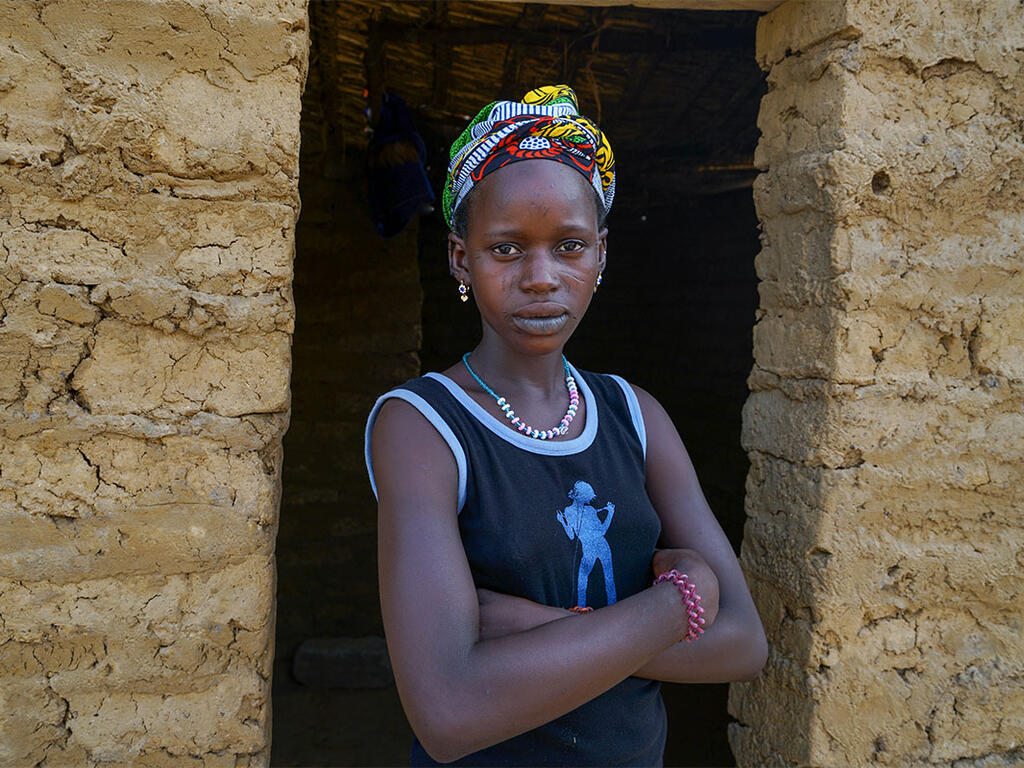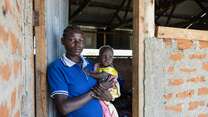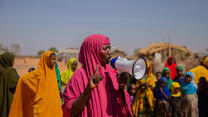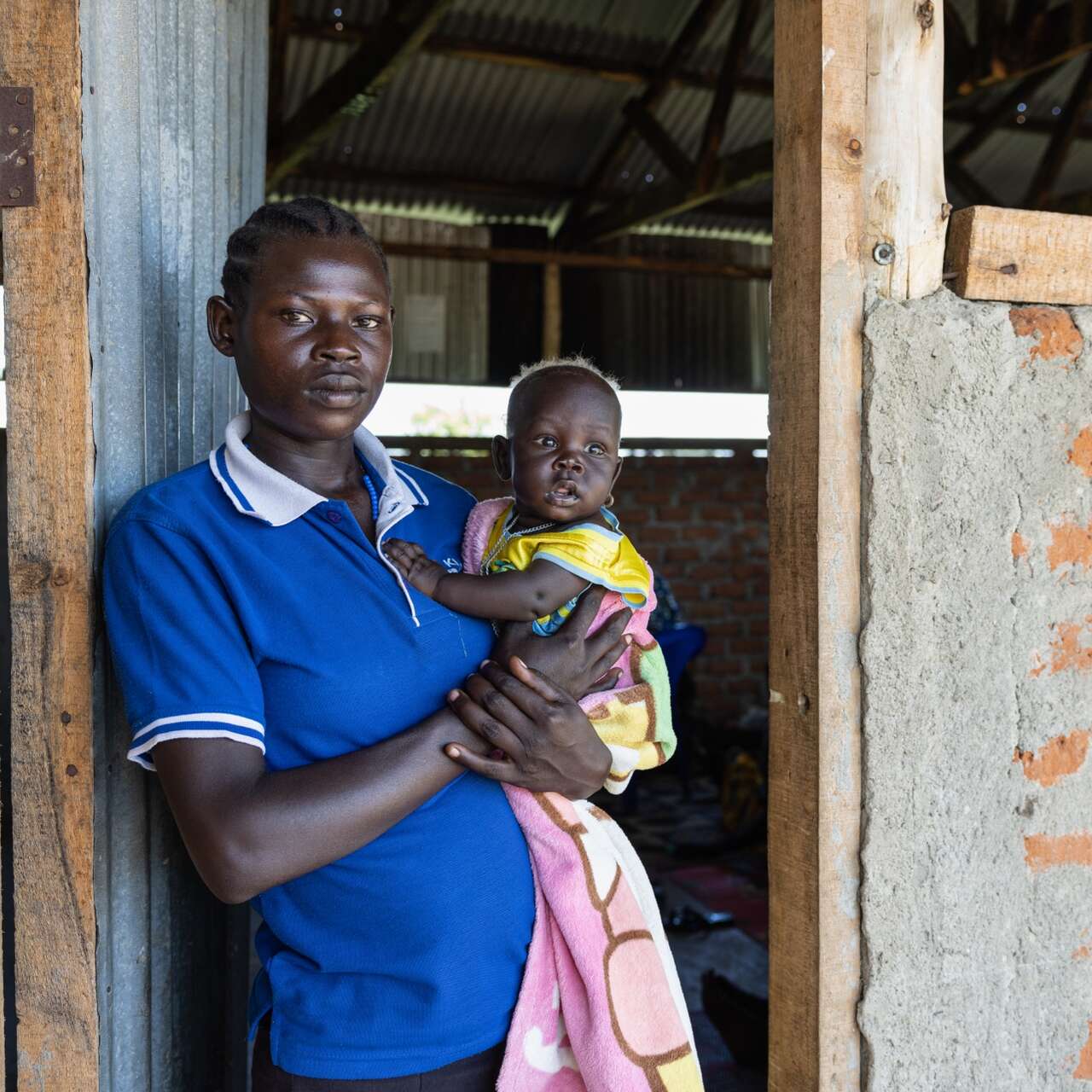
Gender-based violence (GBV) happens in every society and takes many forms. We must stop all violence against women and girls, regardless of their backgrounds, identities, and experiences.
In crises, like conflict or natural disasters, the risk of GBV grows. Our collective need to act also rises.
The IRC has focused on preventing and responding to GBV since 1996, giving us nearly 30 years of experience.
Women and girls are most impacted by GBV. Below, we explore why this happens, how we can prevent it, and how we can help survivors.
What is gender-based violence?
Gender-based violence (GBV) is a broad term for harmful acts rooted in unequal power between genders. Because women and girls are the most commonly impacted by this inequality, GBV is often used to talk about violence against women and girls. This applies in both conflict and non-conflict settings.
The United Nations (UN) defines violence against women as “any act of gender-based violence that results in, or is likely to result in, physical, sexual, or psychological harm or suffering to women.” This includes threats, coercion, and deprivation of liberty, happening both in public and private life.
Over one-third of women and girls worldwide will face some form of violence in their lifetime. This rate rises in emergencies, conflicts, and crises, when vulnerability increases and protections often fail.
GBV can have visible or hidden harm, including the threat of violence. It can take many forms, including but not limited to:
- Physical violence, including assault or slavery
- Emotional or psychological violence, like verbal abuse or confinement
- Sexual abuse, including rape
- Harmful practices, such as child marriage and female genital mutilation
- Socio-economic violence, which includes denial of resources
- Sexual harassment, exploitation, and abuse
GBV often relates to violence against women and girls because of gender inequality. However, it can also impact other groups when violence supports harmful gender norms.
What is Intimate Partner Violence (IPV)?
Intimate Partner Violence (IPV), or “domestic violence,” is a common form of violence against women and girls. It includes any harmful behavior from a current or former partner, such as physical aggression, sexual coercion, psychological abuse, and controlling behaviors.
The UN reports that one in four women has faced physical or sexual violence by an intimate partner at least once in their life. IRC research shows it is the most frequent form of violence against women and girls in humanitarian contexts.
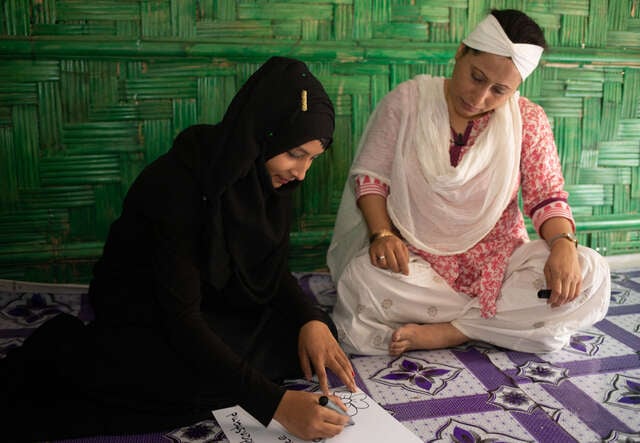
Who is most at risk?
GBV can happen to anyone, but it mainly affects women and girls. In crisis settings, they face double disadvantages due to both gender and their situation.
Some factors that increase GBV risk include:
- Living with a disability
- Being young or adolescent
- Older age
- Identifying as LGBTQ+
- Belonging to an ethnic minority
- Having refugee or migrant status
Each person has multiple identities. For example, a woman with a disability might also be an older refugee.
This highlights the need to understand intersectionality—how different identities like gender, race, and age combine to shape a person's experience.
Understanding intersectionality is crucial for providing effective prevention and response services. Research shows that adolescent girls in displacement are particularly at risk. They often fall between child protection services and those aimed at adult women.
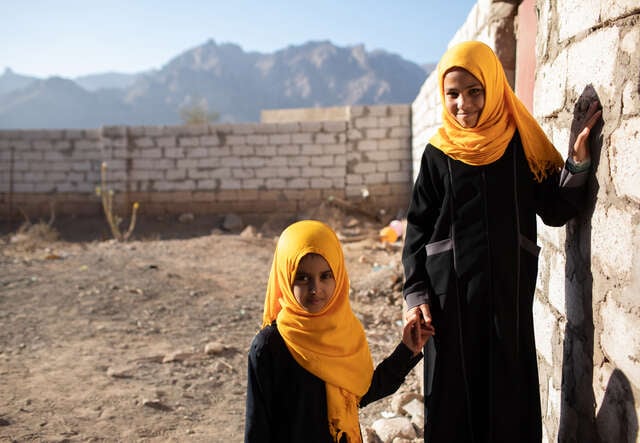
What causes gender-based violence in crisis settings?
Gender inequality and the belief that violence against women and girls is acceptable drive GBV. In crises, women and girls face an increase in both the frequency and severity of GBV.
The same conditions that cause conflict and displacement also heighten GBV risks. These include:
1. Poverty
Studies show that when families experience poverty, girls are more likely to be married young. Families may pull young girls out of school for marriage or to help at home or earn income. Unemployment and economic stress can also raise IPV instances.
2. Breakdown of services
When community structures and the rule of law collapse, women lose social support and protection. They may have to travel long distances for food, water, or fuel, heightening the risk of sexual harassment and assault.
3. Conflict and war
Growing global conflicts lead to more conflict-related sexual violence (CRSV). In the absence of law and order, CRSV often happens without consequences. Armed forces may use rape as a weapon of war. Other forms of CRSV include sexual slavery, forced prostitution, and forced marriage.
4. Displacement
Women and girls in refugee camps or temporary housing face safety issues that increase their risk. These include lacking locks on bathroom doors and inadequate lighting.
Displaced women may need to find new ways to earn a living, which can lead to exploitation.
Women and girls in emergencies are often not included in national surveys, leaving their needs unmet.
5. Stress in the home
IPV is the most common type of violence women face in humanitarian settings. IRC research suggests that IPV and child abuse occur more often when families struggle to meet basic needs, face substance abuse, or inconsistent income.
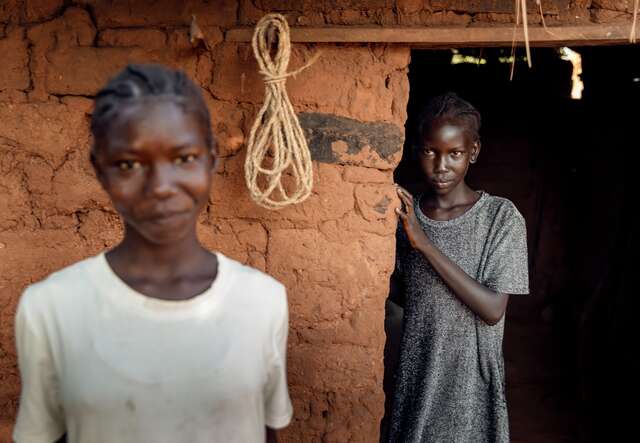
Effects of gender-based violence
GBV has lasting effects on survivors and their families. Impacts can range from physical harm to long-term emotional distress to fatalities. Rape and sexual assault can cause unwanted pregnancies. They may also lead to birth complications and infections, like HIV.
GBV can lead to people losing their jobs or not being able to earn money. Meanwhile, reporting or seeking help for GBV can also lead to more violence, stigma, and exclusion by families and communities. GBV is also a barrier to women and girls accessing other essential and lifesaving services like food, shelter, and healthcare.
Crises are not short-term events. Climate-related disasters can lead to ongoing crises, with many displaced women and girls living in temporary shelters for years.
This prolonged risk or experience of GBV hinders long-term resilience and empowerment.
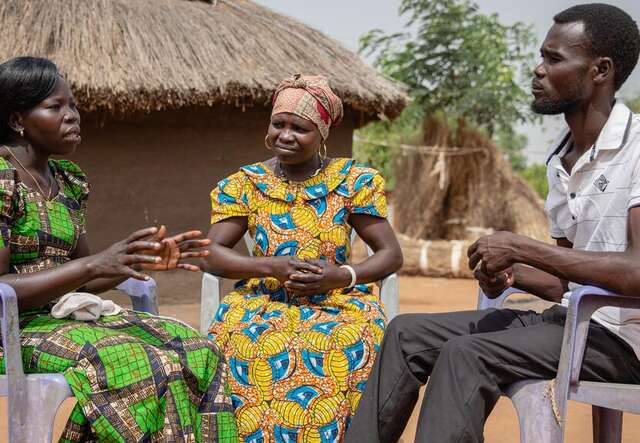
Preventing gender-based violence
While GBV remains a serious risk for women and girls, we can take steps to prevent it. Some strategies include:
- Empowering women and girls by keeping girls in school and promoting economic independence
- Supporting equal rights for women and girls, both in families and communities.
- Creating safe spaces for women and girls
- Ensuring access to cash for women
- Involving male allies
- Including women in leadership decision-making
- Supporting local women-led organizations and women’s rights movements
In times of crisis, comprehensive GBV services must be established quickly to protect women and girls. This reduces their risk of violence and increases their recovery chances. Solutions that prevent GBV and support survivors benefit entire societies. When women and girls are safe and empowered, families and communities thrive. Investing in these solutions is not just morally urgent; it’s a smart investment in global stability and equity.
Humanitarian organizations should adopt a feminist approach to programming. This approach considers the unequal power dynamics between genders when designing support for crisis-affected populations.
Despite understanding the scope of GBV and its severe effects, it still lacks the urgency it needs in humanitarian responses.
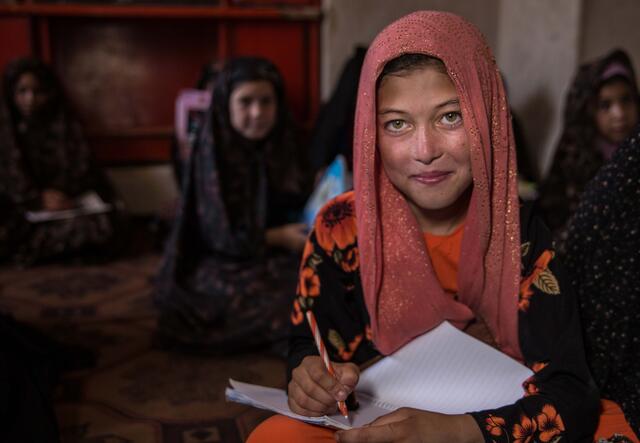
How does the IRC prevent GBV and support survivors?
The IRC puts women and girls first in its programs. We aim to support the resilience and dignity of those facing violence in crisis settings across 40 countries.
We provide essential healthcare, GBV case management, psychosocial support and other services. In 2024, nearly one million visits were made to IRC safe spaces, more than 160,000 women attended psychosocial support sessions, and over 40,000 GBV survivors received other direct services.
Our work focuses on the unique needs of women and girls. The IRC is committed to preventing GBV, breaking cycles of violence, and creating safer futures for all.
How can I prevent GBV and help survivors?
Gender-based violence exists in every society—and we all have a role to play in ending it. By speaking out, challenging harmful norms and supporting survivors, individuals can help create safer communities for women and girls.
Gender-based violence happens in all societies, and we all can help stop it. Speaking out, challenging harmful norms, and supporting survivors can make our communities safer for women and girls.
For nearly 30 years, the IRC has fought to prevent GBV and support survivors. But recent U.S. aid cuts threaten vital humanitarian aid, including key GBV programs.
Here’s how you can help:
- $42 provides one woman or girl with birth control for a year, giving her more control over her life.
- $48 covers school fees and supplies for a girl, lowering her risk of child marriage.
- $450 funds small business training for a woman in a crisis area, boosting her independence. This can help women escape violent homes.
- $10,000 offers critical care to 150 women and girls who are survivors of sexual assault.
The IRC regularly earns top marks from charity watchdogs for our effective use of donations and impactful work.
More from the IRC
Learn more about how you can help the IRC continue our mission.
Get connected: Follow our Instagram, LinkedIn, Facebook, Bluesky and X accounts.
Stay up to date with the latest from the IRC.
Find out how every dollar spent makes a difference to someone's life:
